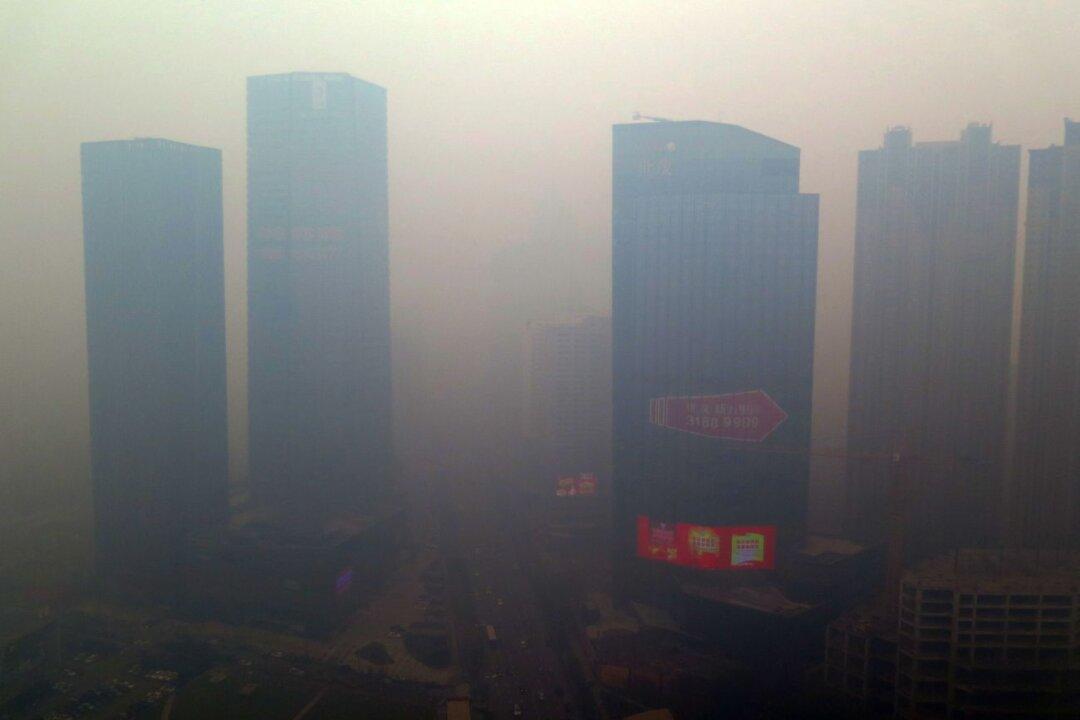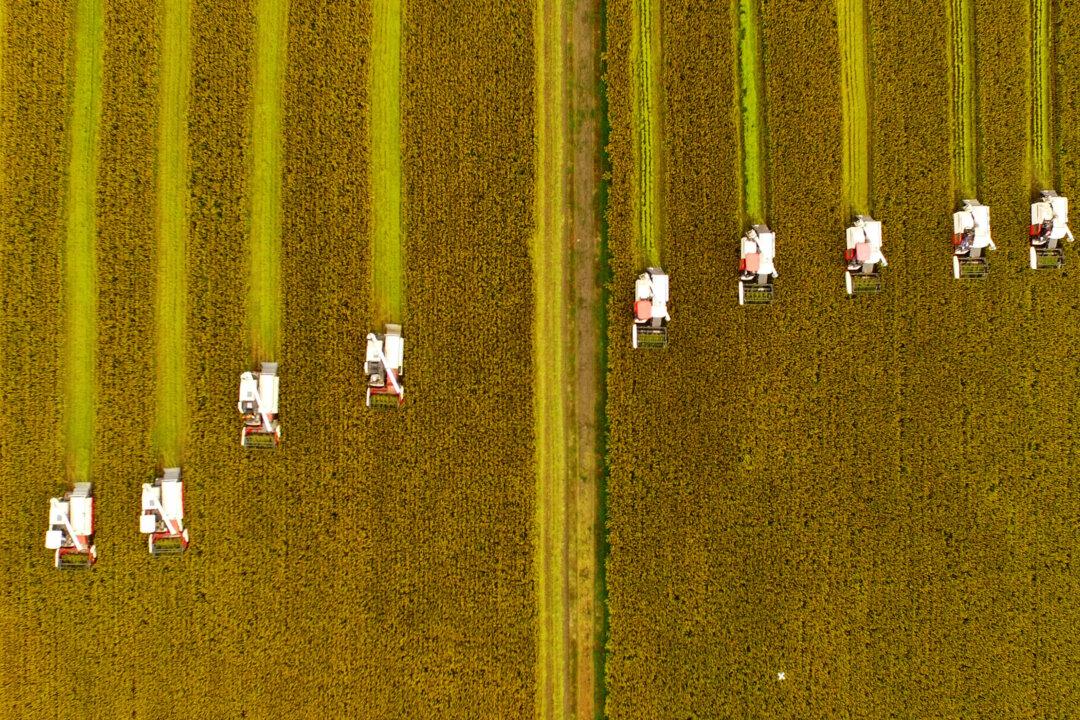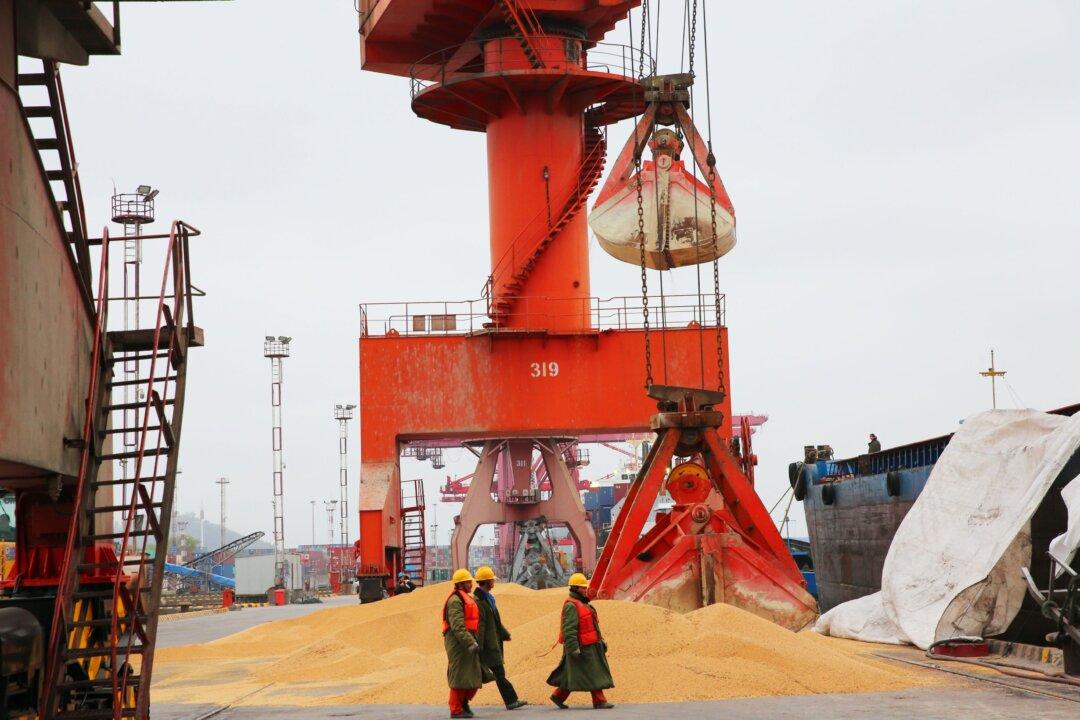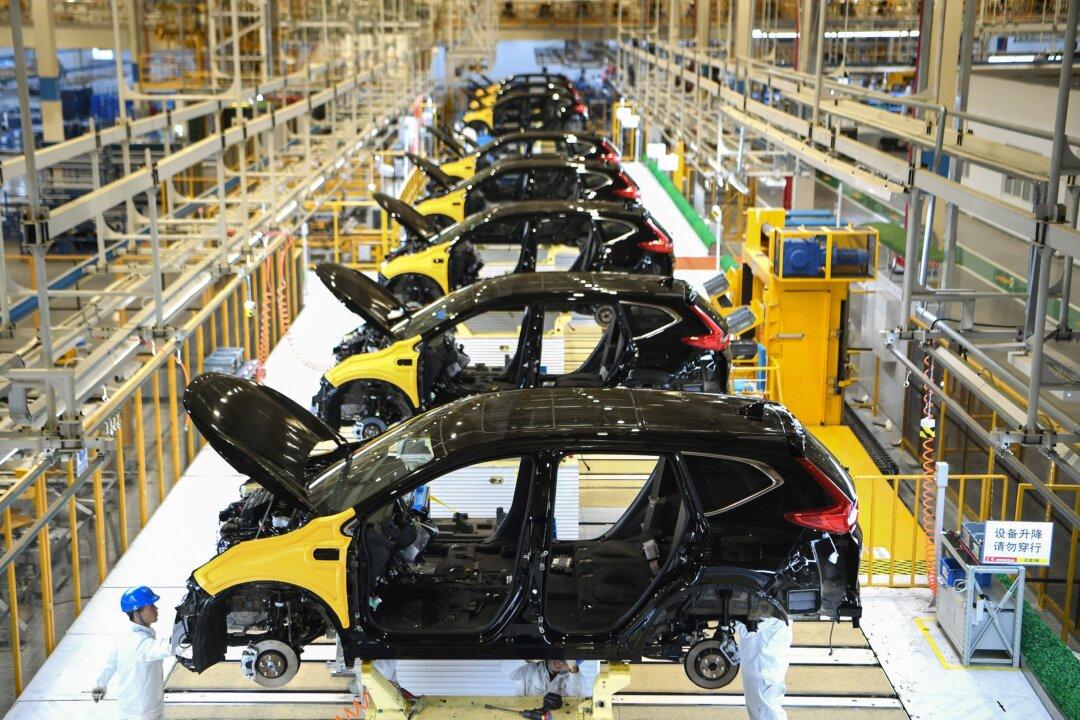News Analysis
China, as the fifth worst polluted nation in the world and Wuhan as its fourth most polluted city, appears to be more susceptible to the new coronavirus (formally named COVID-19) because air pollution levels increase rates of respiratory infections, according to various studies.





